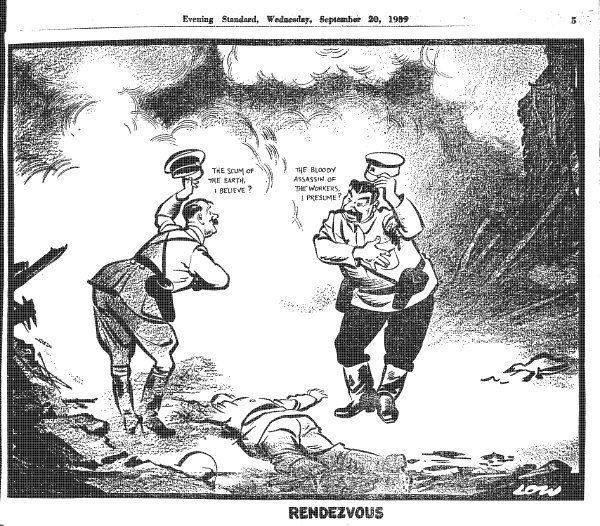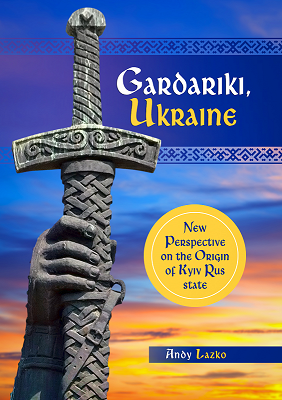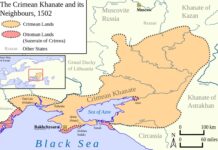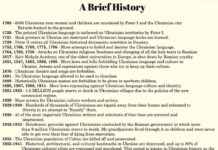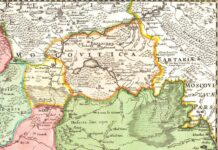After World War I, the Treaty of Versailles limited the German Army number to 100 thousand men and forbade Germany from producing or purchasing airplanes, armored vehicles, and submarines. By these restrictions, Entente intended to keep Germany’s hopes for military revenge under control. On its side, German Higher Command started looking for ways to secretly revive its military might or even increase it. Within a year, they found another country that was also dissatisfied with the WW I outcome and was open to military cooperation with Germany – the Soviet Union. During secret talks in Moscow in 1920, Trotsky indicated that they would even consent to recognize the German borders of 1914 which meant partitioning of Poland. The roots, the initial scheming of the Molotov-Ribbentrop Act of dividing Poland in 1939 must be traced to that year of 1914. After World War I, Bolshevik Russia needed technologies, the military ones in the first place, for further “wars of working-class liberation”, and Germany needed the places to test and, if possible, to produce the military equipment. Thus the secret cooperation started.
Already in 1926 the West was shocked to discover the huge JUNKERS aircraft production plant situated right on the Moscow outskirt. To test the planes and to teach pilots to fly these machines, a Flying School was created not far from Moscow in the city of Lipetsk. German and Russian pilots lived, flew, and studied together there. Several hundred pilots and aircraft mechanics who went through that school would become the core of the German Luftwaffe during WW II.
Farther to the east of Moscow, in the city of Kazan, an Armored Vehicle School was opened as well. The future commanders of German tank divisions such as Guderian not only attended the Kazan School but even taught there. The German tank prototypes were tested in the area too. Major German corporations such as Krupp, Daimler, and M.A.N. sent their engineering teams to Kazan for the field-testing of future WW II German tank prototypes.
In two cities – Podosinki near Moscow, and Tomka near Samara – two chemical facilities functioned where two sides worked on creating chemical weapons.
“While Soviet-German military cooperation between 1922 and 1933 is often forgotten, it had a decisive impact on the origins and outbreak of World War II. Germany rebuilt its shattered military at four secret bases hidden in Russia. In exchange, the Reichswehr sent men to teach and train the young Soviet officer corps. However, the most important aspect of Soviet-German cooperation was its technological component. Together, the two states built a network of laboratories, workshops, and testing grounds in which they developed what became the major weapons systems of World War II. Without the technical results of this cooperation, Hitler would have been unable to launch his wars of conquest.” – writes Ian Johnson Ph.D., a doctoral fellow with International Security Studies at Yale University in his work “Sowing the Wind: The First Soviet-German Military Pact and the Origins of World War II”
In September of 1939, the Soviet Russians and German Nazis held a joint parade in celebration of the good beginning of their War on Europe.


